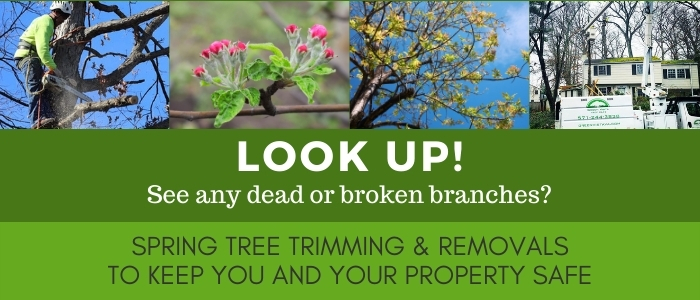
Plant The Right Tree In The Right Place
I recently drove through a neighborhood where many of the homes had maples, dogwoods, mulberries or white pines in their yards. One even had an elm. The maples are slowly destroying the sidewalks, the dogwoods are damaging the siding of the nearby houses, the mulberries make a huge mess when the berries ripen, the elm is dying of Dutch Elm disease, and the pines release clouds of allergy-inducing pollen. The only one of these trees that’s properly sited is the elm – and, unfortunately, that won’t be around much longer.
So what does it take to plant the right tree in the right place?
Location
First, you need to know the environmental conditions of the area in which you want to plant – hardiness zone, type of soil (pH, organic matter, drainage), amount of sun, amount of wind, available space (e.g., proximity to houses, fences, electrical lines), etc. This will allow you to find a tree that’s suited to your conditions. Planting an oak in the 6-foot space between suburban houses just isn’t going to work…
Soil Conditions
Then there’s the soil itself. There’s nothing natural about the highly disturbed soils found in urban areas. The soils are more compacted, more alkaline, lower in fertility, lack organic matter, and have a different composition of soil organisms than would be found in a tree’s natural habitat. Urban trees are also isolated from other trees and instead are surrounded by a sea of over-fertilized turfgrass. Nothing natural about it at all.
So, before you even buy a tree, take a soil sample in the area where you’re going to plant your tree. You may need to add amendments to modify the pH and increase the proportion of organic matter in the soil (ideally, it should be around 5%).
Placement
Please don’t plant a lone tree in the middle of the lawn. Not only does this look unnatural, but the constant watering and fertilizing of the grass encourages fungal and disease problems in the tree. Mowing and using a string trimmer on the grass around the trunk damages the bark, leaving entry wounds for all kinds of harmful pests and pathogens.
Size
Understand the mature size of the tree. That perfect little cherry tree may turn out to be a 60′ foot monster, rather than the 15′ specimen you envisioned. And don’t forget the spread – a dwarf Alberta spruce planted next to your front porch will soon cover the stairs with it’s prickly branches.
Environment
Choose a tree that grows well in your conditions. Be honest about your site. For example, understand how much sun you really have. Four hours in the morning is not “full sun”. If you’ve always wanted a copper beech but live in an area with clay soil and overhanging electrical lines, look for something else.
In the end, it’s really all about the tree. Do what’s right for the tree and it will reward you with many years of healthy growth.
More Tips
If you’re looking for some good options for our northern Virginia area, here are some recommendations:
Our Favorite Spring-Flowering Trees
In need of tree care services?
Give us a call at 571-244-3838 or request a quote online!
More Articles From Green Vista Tree Care







